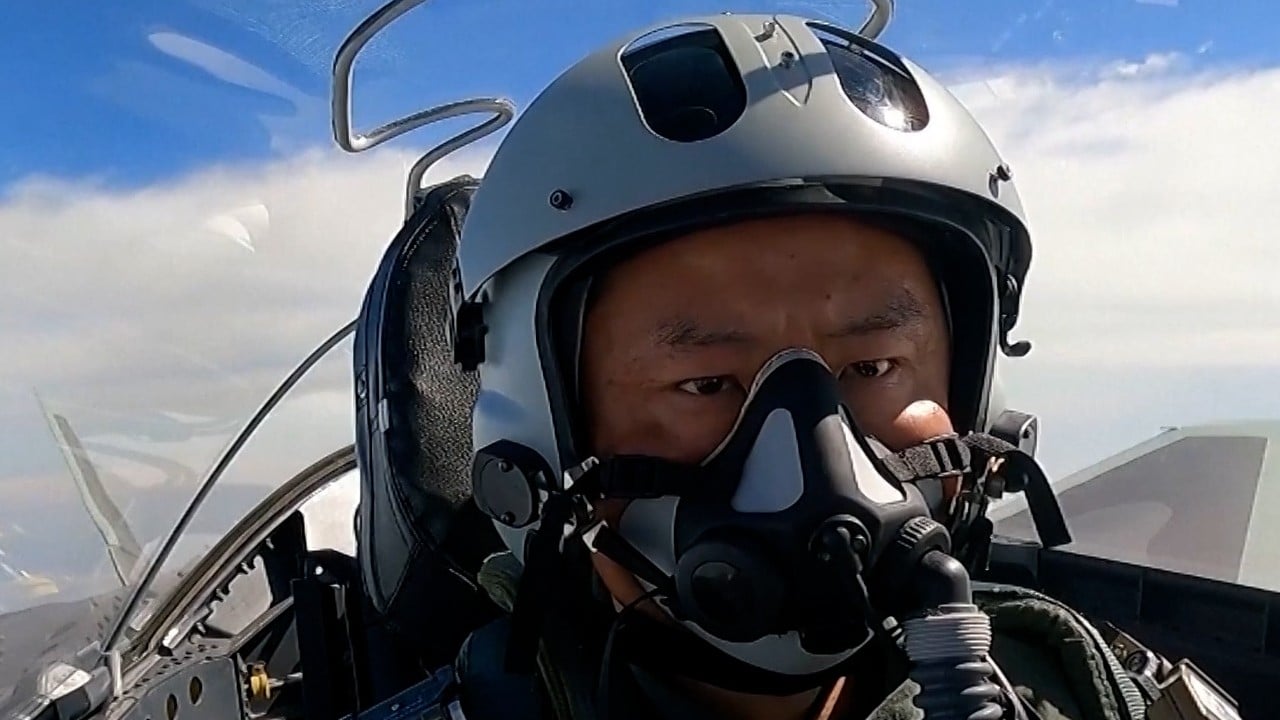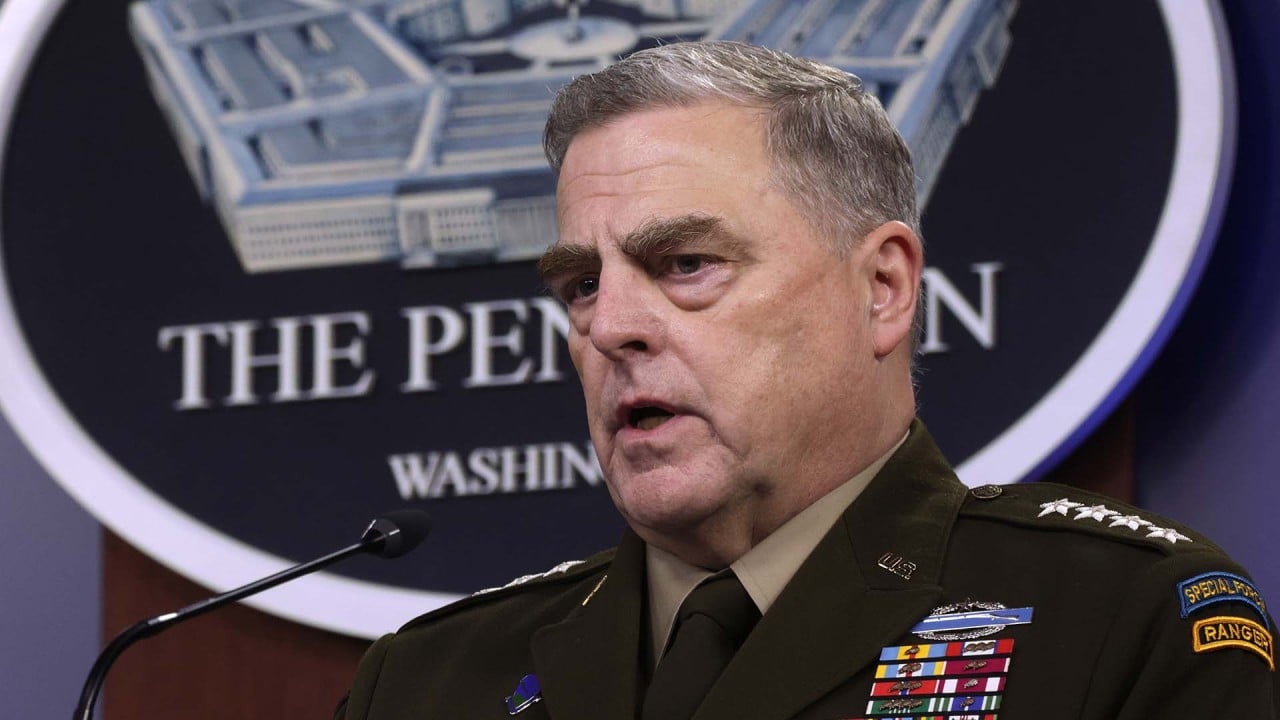
B-2 bomber’s missile upgrade ‘could threaten’ PLA warships: military analyst
- US defence firm reveals it tested the extended-range weapons in December as part of a series of improvements to the stealth bomber
- However, the missiles are easier for China to intercept than hypersonic weapons, according to Beijing-based commentator
US defence firm Northrop Grumman revealed last week that a December test launch of a stealthy missile from the B-2 bomber had been successful. Other US warplanes, including the B-52 and F-16, had previously carried the AGM-158B JASSM-ER missiles, but they had never been mounted on the B-2 before.
US ramps up B-21 stealth bomber production ‘to take on China’
The defence contractor said the extended-range missile was part of a series of upgrades to the B-2 bomber that included modernising cryptographic standards and installing a new radar-assisted targeting system.
“The unrivalled capabilities of the B-2 make it the only long-range, penetrating stealth bomber currently in the US arsenal,” Shaugnessy Reynolds, the firm’s vice-president and manager of the B-2 programme, said in a statement.
“The PLA would need to push forward to the western Pacific Ocean to warn off the planes,” Fu said, describing a scenario in which B-2 bombers arrive from the US Andersen Air Force Base in Guam.
In July, two B-2 bombers flew to Royal Australian Air Force Base Amberley for exercises with forces from Australia, a key US ally in the region.
The Pentagon has described China as a “pacing challenge” for the United States as the two countries disagree on a range of regional security issues, including the South China Sea, Taiwan and Ukraine.
China is desperate to find a successor for its H-6 bombers, which were first mass-produced in 1969. Its new-generation stealth bomber, the H-20, is still in development.
Newer members of the H-6 family, such as the H-6K, are designed for long-range attacks and can carry cruise missiles capable of striking targets thousands of kilometres away. The CJ-20 missile, for example, has a reported range of 2,200km.
Fu said the AGM-158B missiles were subsonic – travelling slower than sound – and were therefore easier for China to intercept. But the US would only deploy the B-2 during the unlikely event of a direct confrontation with China, the Beijing-based commentator said.
Taiwan and US renew Patriot-3 missile service contract
Last year, while serving as commander of the US Air Force Global Strike Command, General Timothy Ray told the US Senate that AGM-158B missiles were critical to ensure nuclear bombers were capable of fighting wars.
The standard AGM-158 missile has a range of only 370km – around one-third that of the extended-range variant tested in December.
The AGM-158B’s extended range could allow bombers to launch missiles far from enemy territory.
The B-2 bomber was designed to be difficult for adversaries to detect, notably by using radar-absorbent materials and hiding its engines within its body. This allows the planes to get close to adversaries while launching missiles and dropping bombs.



